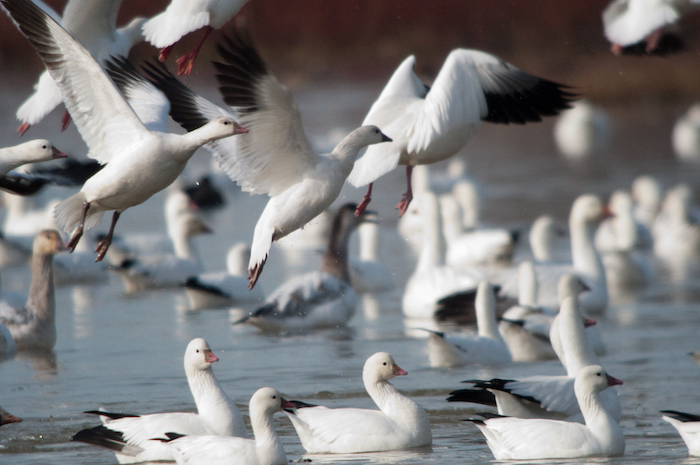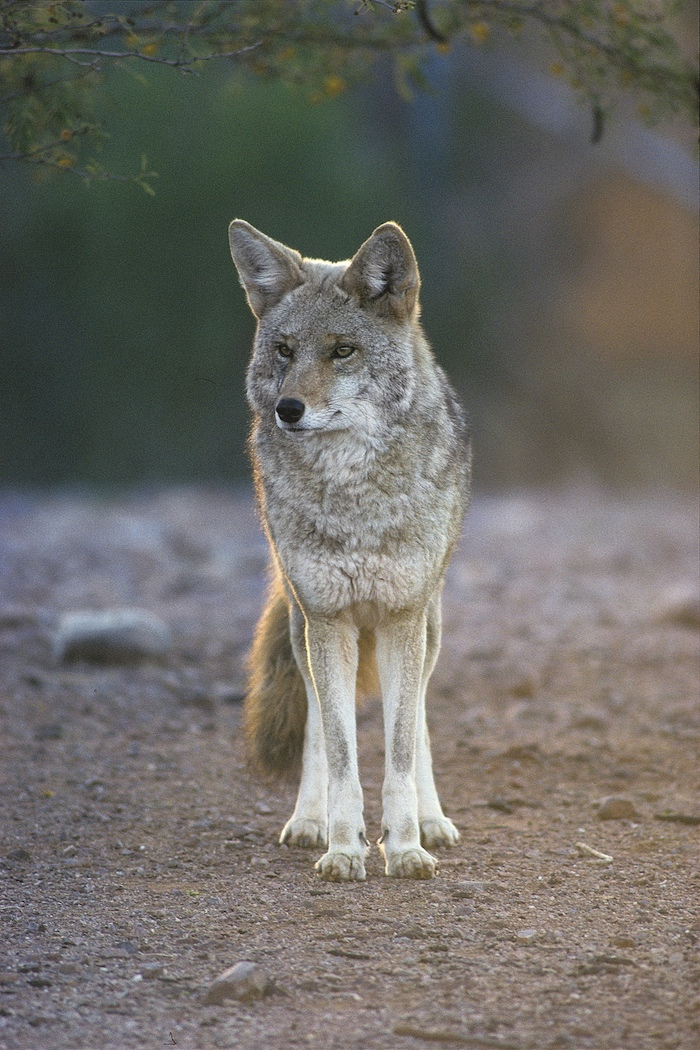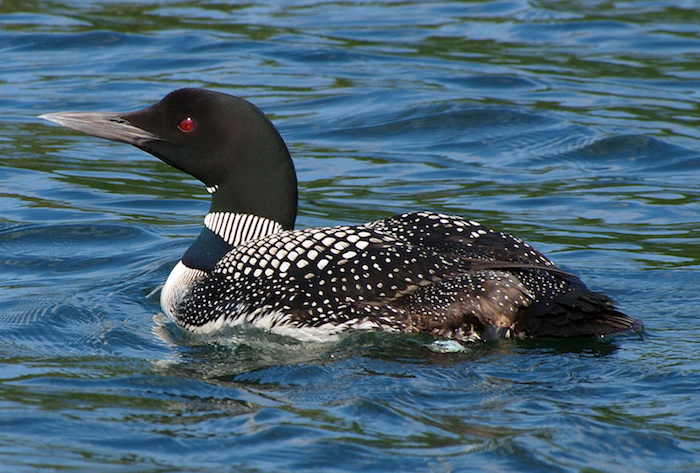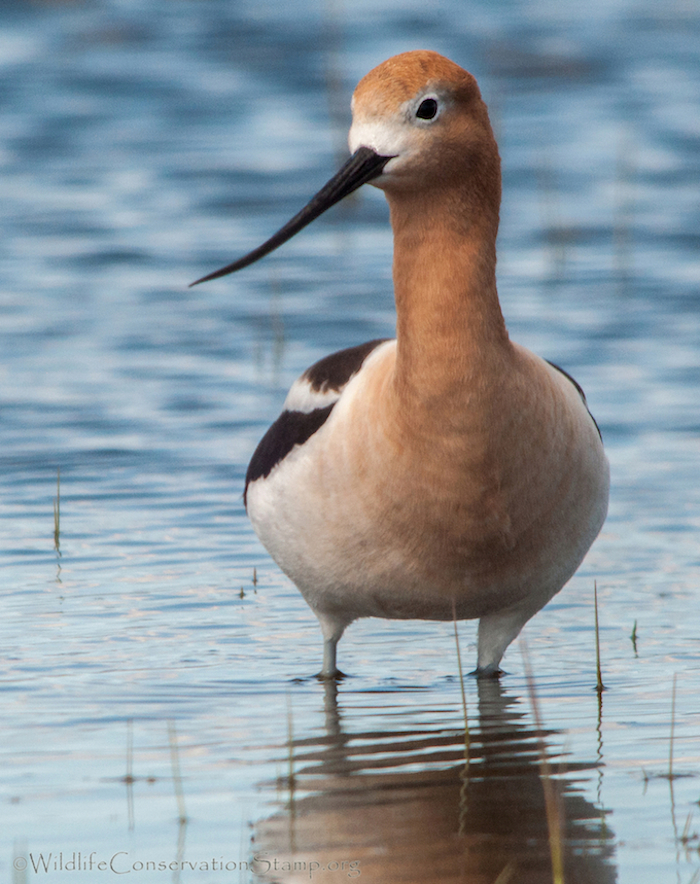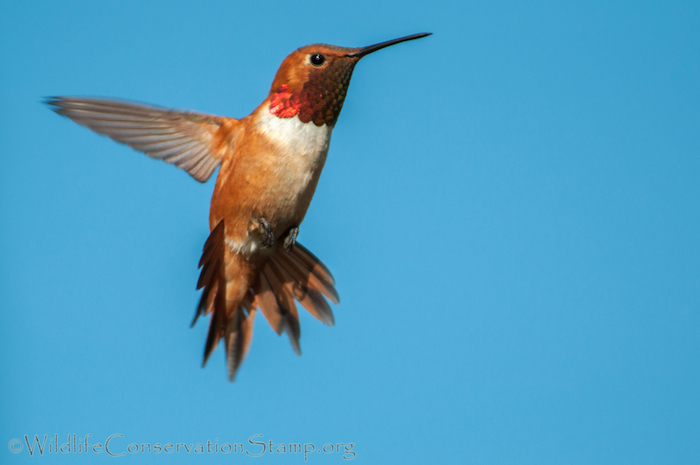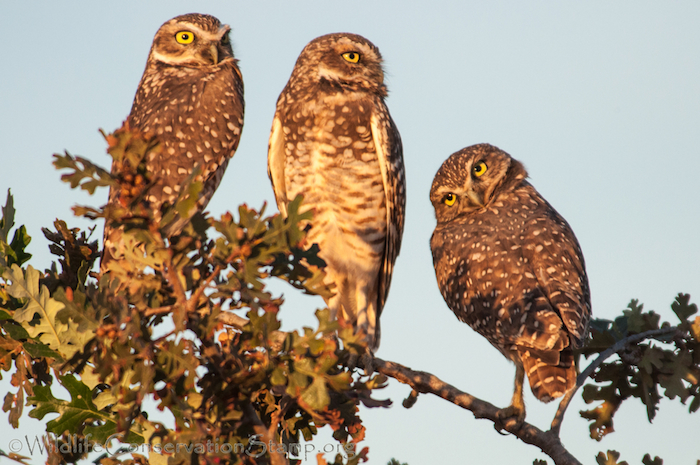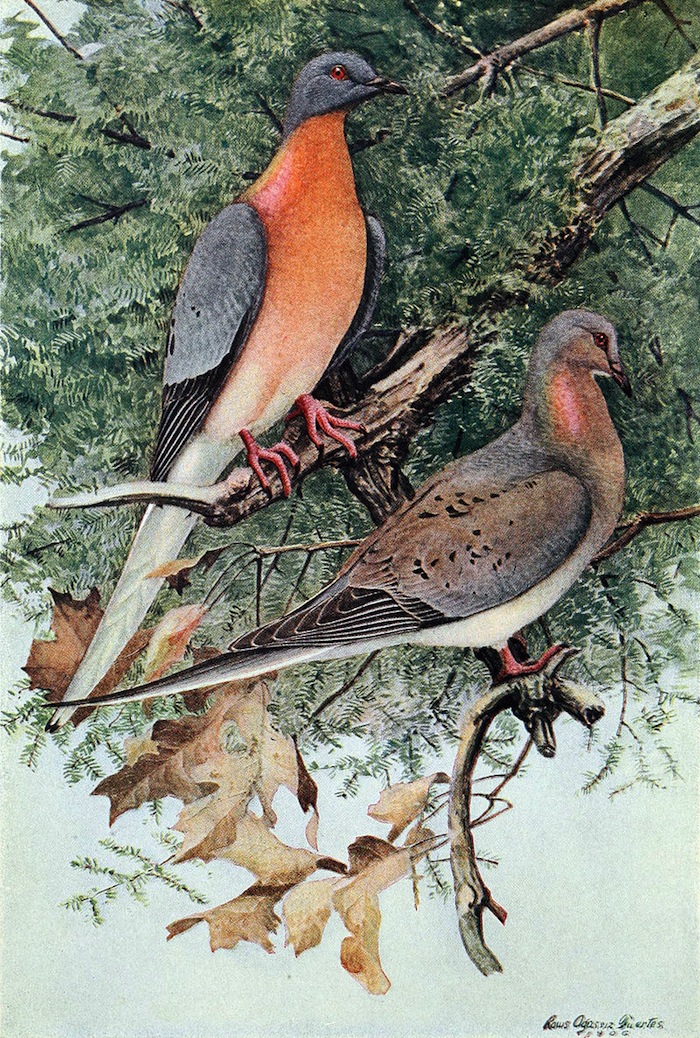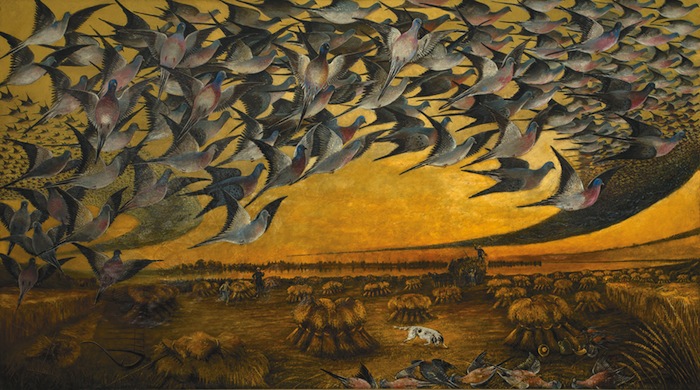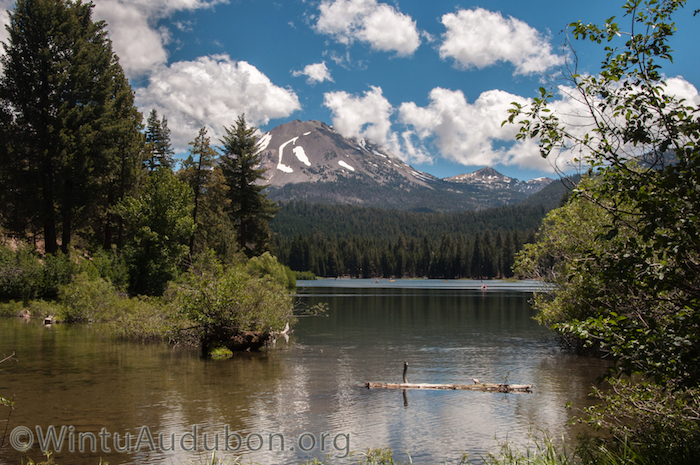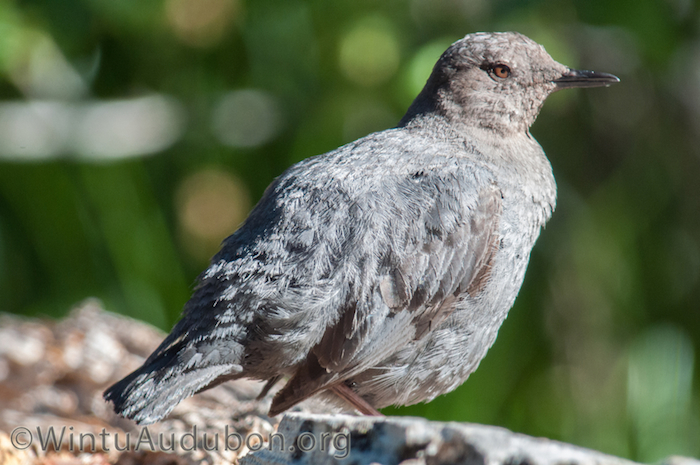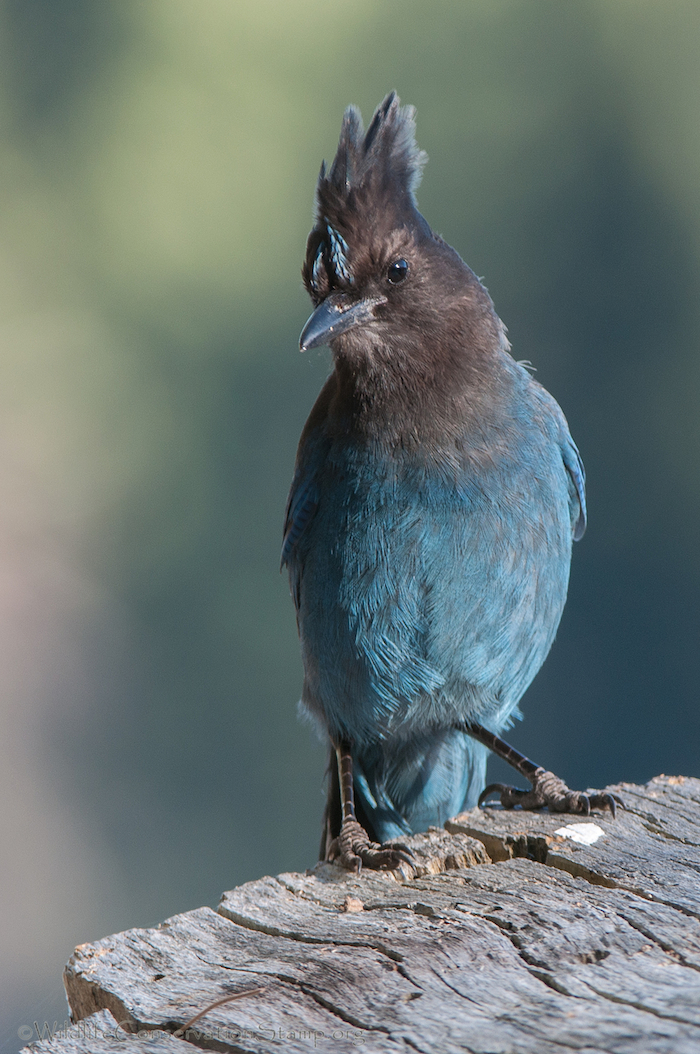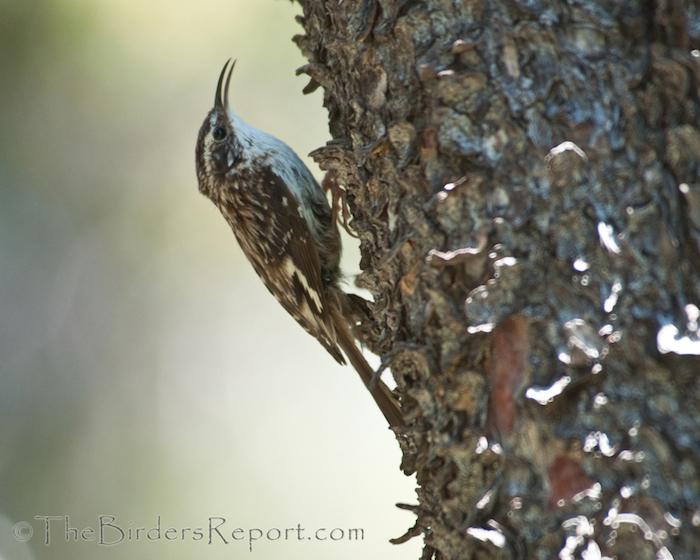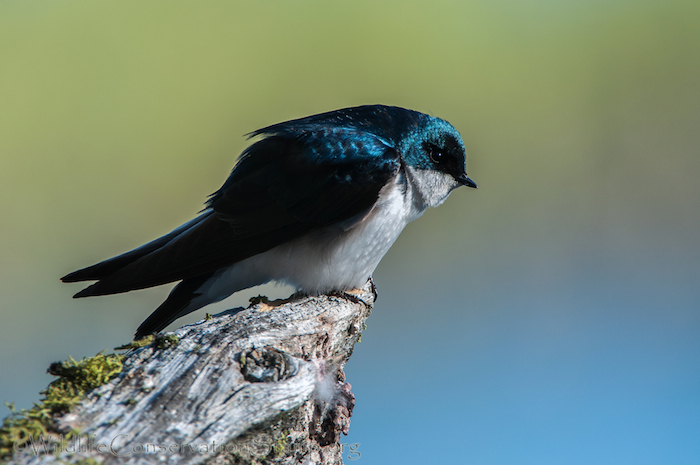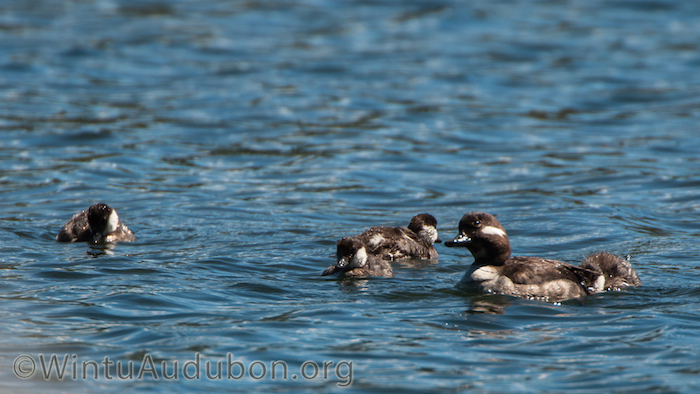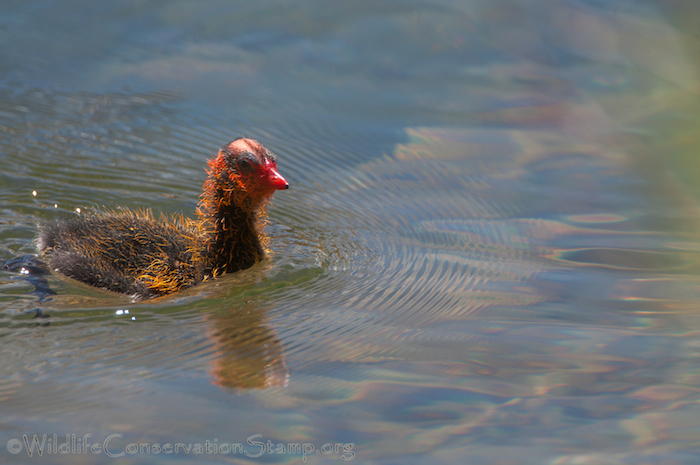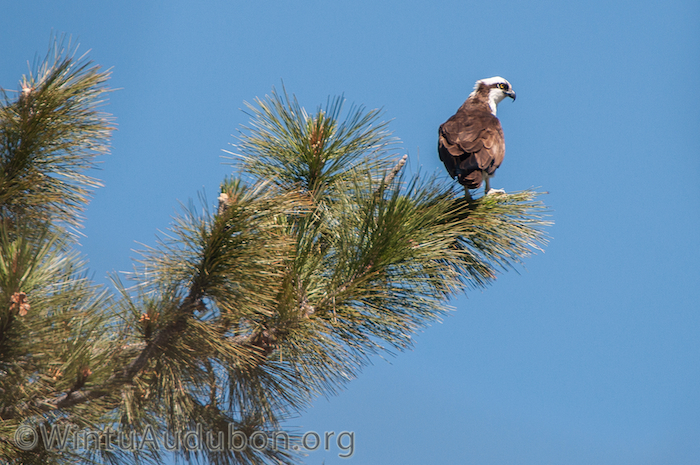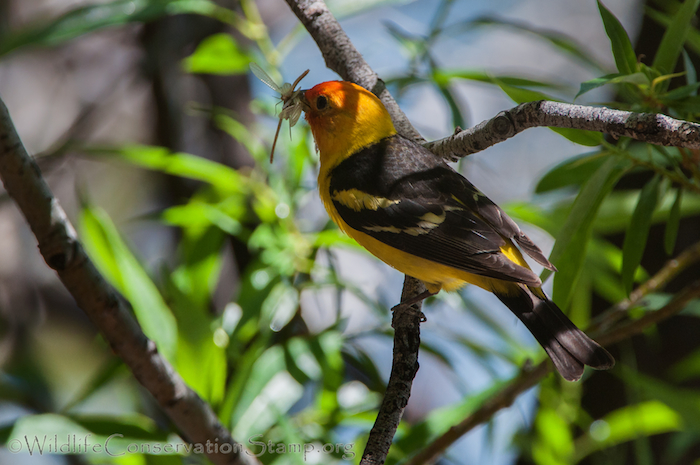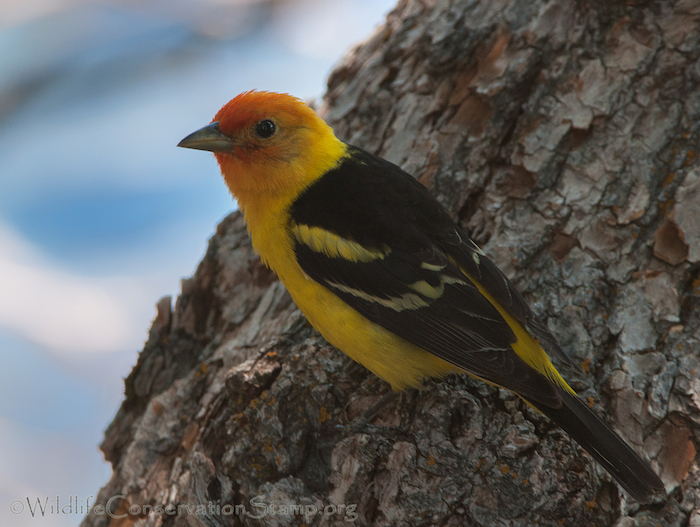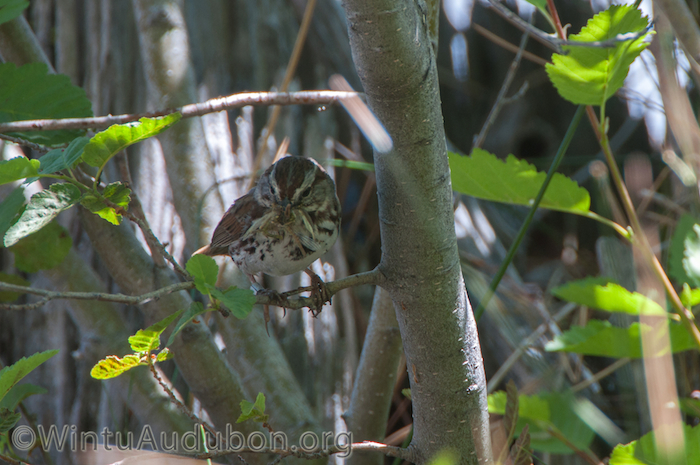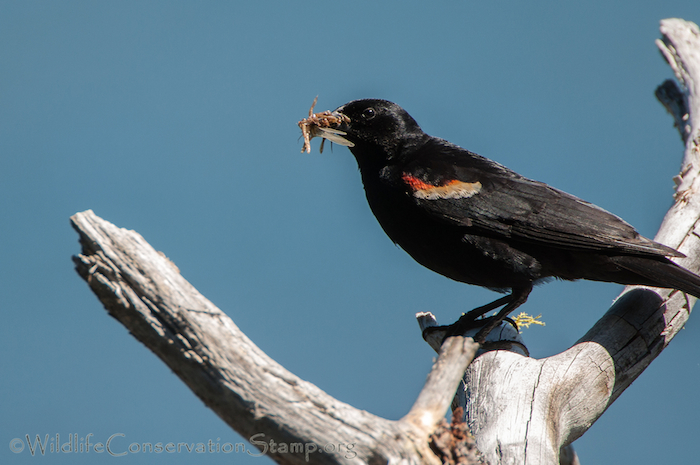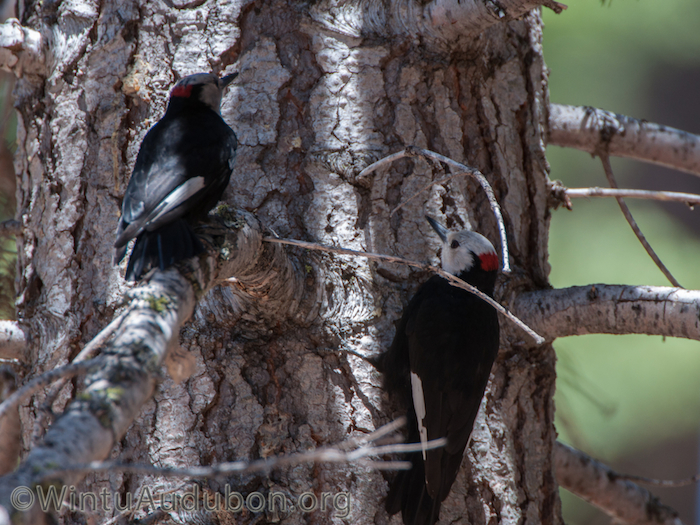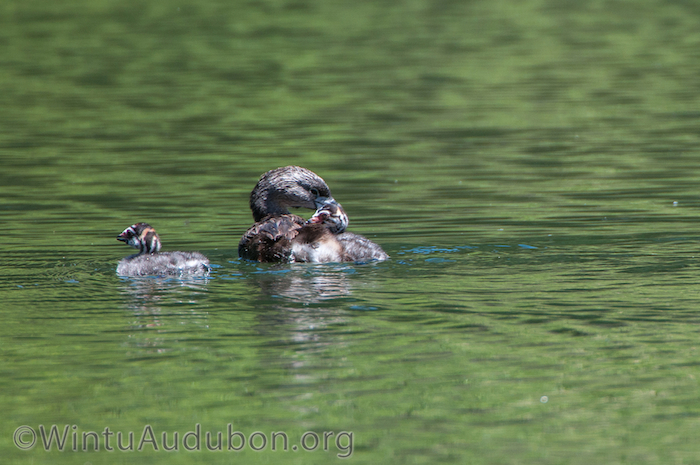Birders and nature enthusiasts of all ages are invited to attend the 16th Annual Snow Goose Festival, one of the premier birding events in California. This action-packed 5-day event celebrates the millions of waterfowl migrating along the Pacific Flyway that call the Northern Sacramento Valley their home during the winter months. It also gives our local community an opportunity to rediscover the abundant treasures the North State has to offer all year round, from wholesome foods and delectable wines to inspirational artists and gifted musicians. And with the wide variety of engaging youth activities, there truly is something for everyone at the Snow Goose Festival!
The Pacific Flyway ranks as one of the greatest migratory pathways in the entire world, stretching from the Bering Strait off the coast of Alaska to the steeps of Patagonia in South America. Millions of birds representing hundreds of species use this great avian highway each year, and nowhere is this abundance of wildlife more accessible than right here in the Northern Sacramento Valley.
With an ideal combination of mild winter weather, abundant food and rich quantities of water, the area attracts a huge wintering population of waterfowl and raptors. A local favorite among these is the majestic Snow Goose. With the estimated overall population of Snow Geese exceeding 5 million, as many as one and a half million use the Pacific Flyway. Tens of thousands of these will winter right here in our own backyard.
In Chico and the surrounding communities, we celebrate this magnificent spectacle of nature with the Snow Goose Festival of the Pacific Flyway. Altacal Audubon’s mission unites and energizes all of the many volunteers, artists, trip leaders, workshop presenters, educators, community members and sponsors involved with the Snow Goose Festival. They strive to increase public awareness, understanding, appreciation and conservation of the incredible wildlife and related habitats of the Northern Sacramento Valley.
Get all of the information about this event at their website: http://www.snowgoosefestival.org/

